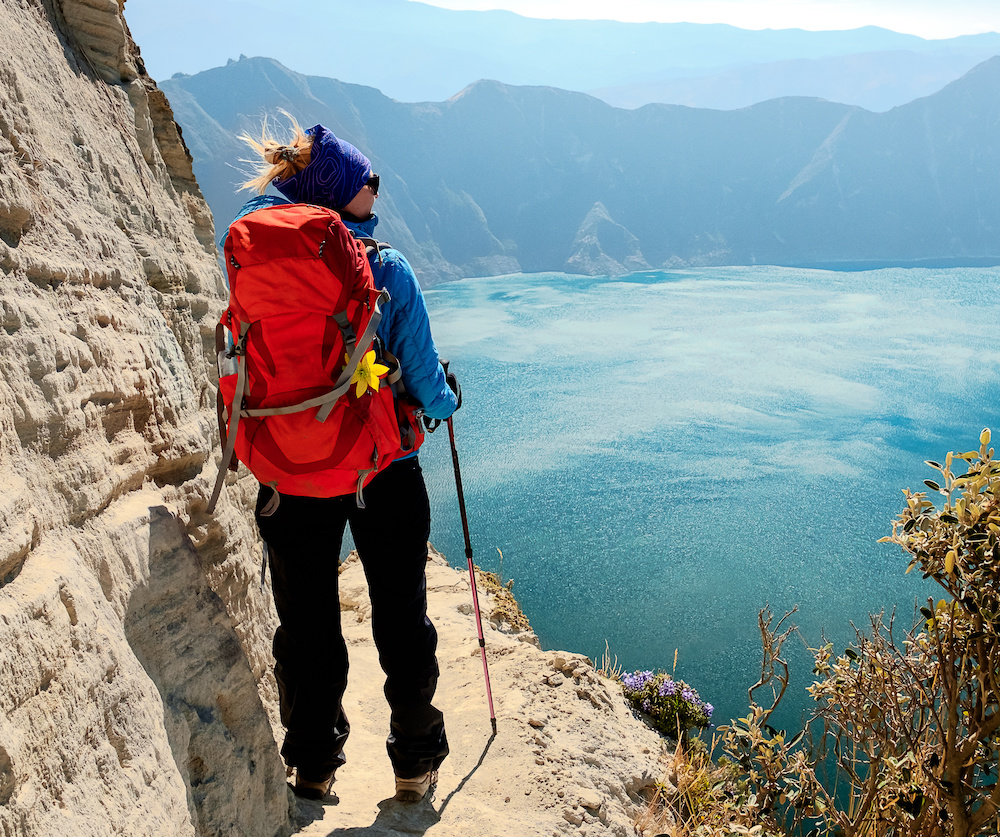How to Train for High Altitude Hiking
- admin171125
- Aug 7, 2023
- 3 min read
Training for high altitude hiking is a great way to prepare for the experience and requires a combination of cardiovascular fitness, strength, endurance, and acclimatization to lower oxygen levels. The better shape you are going in, the more success you will have on your adventure above the tree line. Everything is a little harder for the human body at high altitude, because there’s less oxygen, so taking precautions encourages a safe and fun excursion to the summit.
Training for Hiking at the Gym
Gyms offer great tools for high altitude training because they offer dynamic and dependable resources allowing you to build the baseline strength and endurance needed for high altitude success. Focusing your training on cardiovascular fitness, strength, endurance, and simulating the challenges of hiking at higher elevations will yield positive results. Plus you likely won’t find hungry bears or dangerous cliffs inside your gym, so you can get in shape with comfort and ease. While not available at most gyms, using an altitude training mask, which restricts airflow and simulates lower oxygen levels will help your respiratory system adapt to the challenges of extreme high altitude pursuits.
Training inside a gym is also great for improving your aerobics. Conveniently build your baseline performance using cardio machines, stationary bikes, ellipticals, and that stair climbing machine, too. These machines can simulate hiking and can even be done wearing a weighted vest to give you a realistic feel for how it’s going to be in the great outdoors. If you can handle a few funny glances, break in your new hiking boots at the same time to prevent hotspots. If you think blisters are awful at sea level, they’re not better above tree line.
Good old fashioned weight training does wonders at helping build the physical strength you’ll need to hike safely. Our kinetic bodies move as a system, so balanced full body progressive resistance training is always ideal. Focusing on strength exercises like squats, lunges, step-ups, and leg presses will help build lower body strength, so you can power up that mountain heavy boots, pack and all. Exercise in general prepares your muscles for the demands of steep ascents and descents, and having a strong core helps maintain balance and stability on uneven terrain.

Outdoor Training for High Altitude Hiking
Combining gym workouts with outdoor training provides you with the most comprehensive preparation for the challenges of high altitude hiking. That said, training outdoors helps get your body accustomed to the conditions, terrain, and elevation changes you'll encounter during the actual hike. The benefit of the outdoors is it’s usually open and accessible for free, and it’s beautiful. If you have access to high altitude environments like ski resorts or mountains, planning a series of hikes at gradually increasing altitudes will help acclimate your body to lower oxygen levels even more effectively. The same principles involved with indoor fitness training apply to the outdoors, but this time wildlife and respectable risk may exist. Practicing gradual, progressive and consistent training over time will prepare your body for high altitude hiking. Slowly start to load up your hiking backpack with weight, and prioritize uphill and downhill hiking over various types of terrain from rocky boulder fields to open meadows, mud and even stream crossings. As you effort and exertion increase, be sure to increase your caloric intake and hydration as well. Remember that high altitude hiking can be physically and mentally demanding. You will tire much sooner than at normal altitude, both physically and aerobically. Train consistently, listen to your body, and be prepared to adjust your training plan as needed. Rest and recovery is just as important as training, so don’t skip it! Want some help preparing for your big adventure? We offer a 5 day Intro to Mountaineering Course that teaches snow travel basics, technical climbing, hazard analysis, risk management, equipment selection and usage, and Leave No Trace ethics. Give us a call or contact us to learn more or ask one of our expert guides questions.
